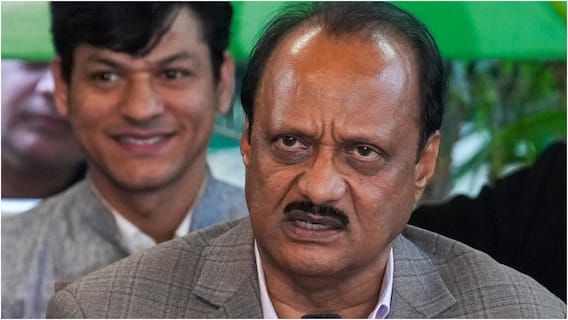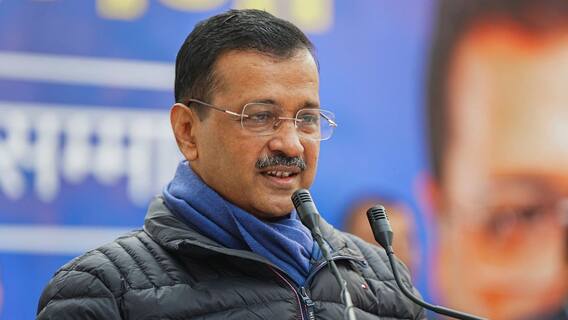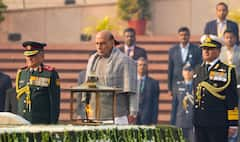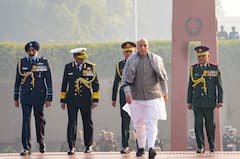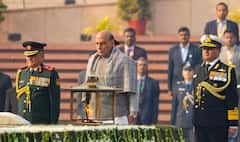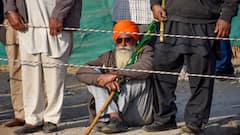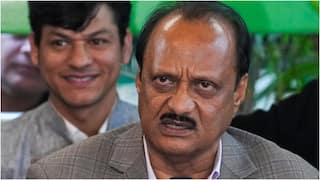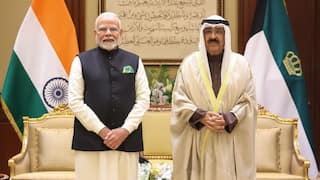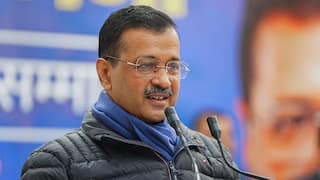Big Cat Population In India Up From 2,967 To 3,167: PM Modi Releases Tiger Survey
A commemorative coin on completion of 50 years of 'Project Tiger' was also released on the occasion.

Prime Minister Narendra Modi released the survey on the tiger population in India on Sunday marking the completion of 50 years of Project Tiger earlier this month. As per the new figures, the population of big cats in the country has gone up from 2,967 in 2018 to 3,167 in 2022. During the event, Modi also released the government's vision for tiger conservation during Amrit Kaal and also launched the International Big Cats Alliance (IBCA).
A commemorative coin on the completion of 50 years of 'Project Tiger' was also released on the occasion.
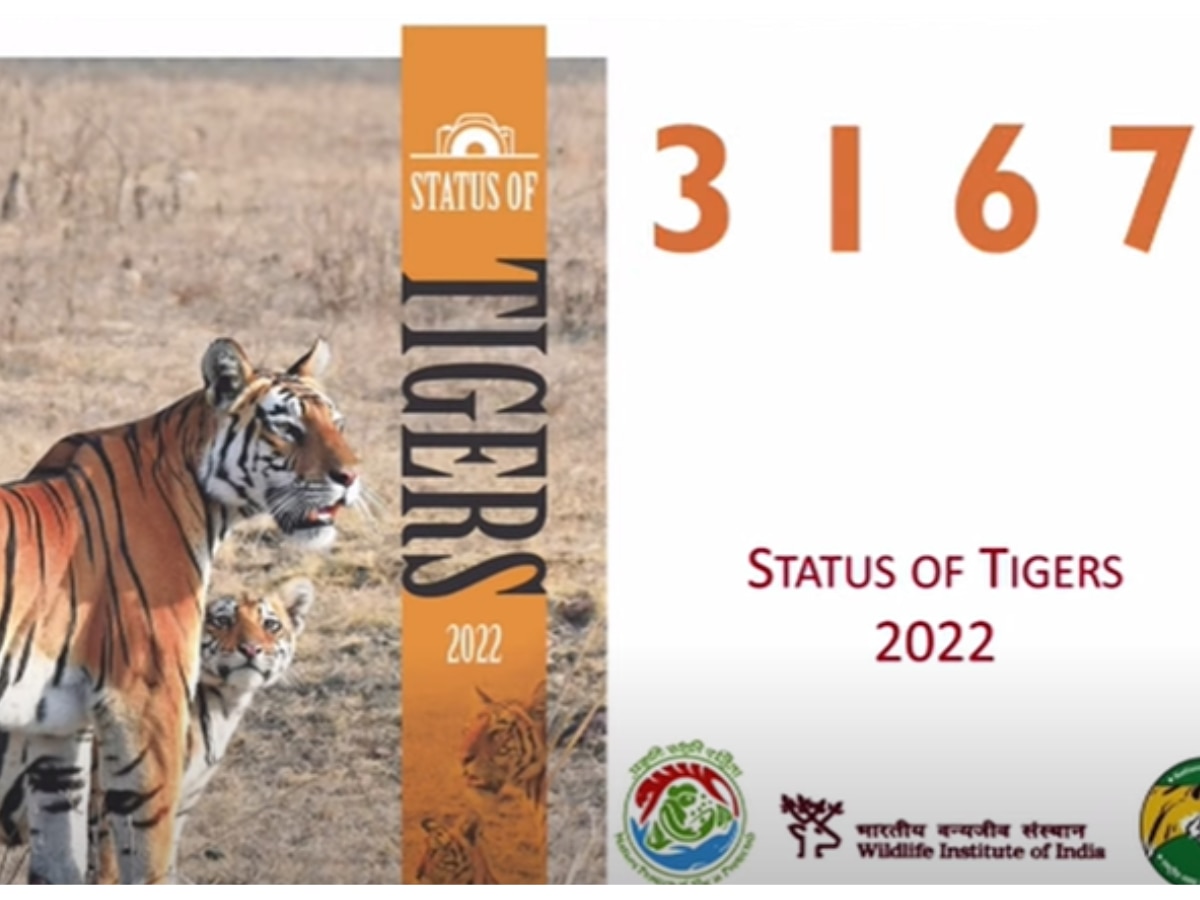
The IBCA will focus on the protection and conservation of seven major big cats of the world — Tiger, Lion, Leopard, Snow Leopard, Puma, Jaguar, and Cheetah, with membership in the range of countries harbouring these species.
In July 2019, the Prime Minister had called for an 'Alliance of Global Leaders' to "obliterate demand" and firmly curb poaching and illegal wildlife trade in Asia. Taking the message of the Prime Minister forward, the IBCA is being launched.
The population of tigers in 2006 was reported at 1,411 which increased to 1,706 in 2010. The big cat population in the country rose to 2,226 in 2014 and then to 2,967 in 2018.

Earlier in the day, the Prime Minister went on a "safari" at the Bandipur Tiger Reserve in Karnataka as part of the programme. He also interacted with frontline field staff and self-help groups involved in conservation activities.
The 'Project Tiger' was launched in India on April 1, 1973, by the Indira Gandhi government to promote tiger conservation. Initially, it covered nine tiger reserves spread over 18,278 sq km. At present, there are 53 tiger reserves spanning more than 75,000 sq km (approximately 2.4 per cent of the country's geographical area).
India has around 3,000 tigers, more than 70 per cent of the global wild tiger population, and the number is increasing at a rate of six per cent per year.
Trending News
Top Headlines







